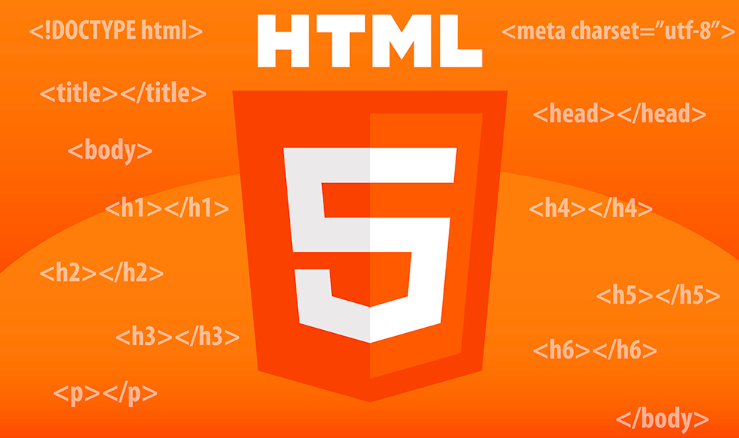Introduction
Every website you see on the internet is built with HTML at its core. HTML (HyperText Markup Language) provides the structure of web pages, allowing browsers to display text, images, links, and multimedia in an organized way.
If you are starting your web development journey, HTML is the first language you’ll learn. Think of it as the foundation of a house: without it, nothing else can stand.
What Is HTML?
HTML is a markup language, not a programming language. It uses tags (like <p>, <h1>, <a>) to tell the browser how to display content.
Example:
<p>Hello, world! This is a paragraph in HTML.</p>
Why Learn HTML?
- It’s the first step in web development.
- Every website, no matter how advanced, relies on HTML structure.
- It’s easy to learn and forms the base for CSS and JavaScript.
- Understanding HTML helps in SEO, content management, and designing user-friendly websites.
How HTML Works
When you write an HTML file and open it in a browser, the browser reads your tags and displays them visually.
Basic Structure of an HTML page:
<!DOCTYPE html>
<html>
<head>
<title>My First Web Page</title>
</head>
<body>
<h1>Welcome to HTML</h1>
<p>This is my first paragraph.</p>
</body>
</html>
Key Features of HTML
- Tags & Elements: HTML works with tags like <p> for paragraphs or <a> for links.
- Attributes: Tags can have attributes like href for links or src for images.
- Nested Structure: Elements can be placed inside each other for better organization.
- Cross-Browser Support: HTML is universally supported in all browsers.
Best Practices for Beginners
- Always start with <!DOCTYPE html> to define the document type.
- Keep your code clean and properly indented.
- Close tags properly.
- Use semantic tags (like <header>, <footer>, <article>) for better SEO.
Conclusion
HTML is the language of the web — simple yet powerful. Once you understand the basics, you’ll be ready to explore each tag in detail.
👉 In the next blog, we’ll start with one of the simplest but most important tags: the Paragraph Tag <p>.
Code Example
<!DOCTYPE html>
<html>
<head>
<title>Intro to HTML</title>
</head>
<body>
<h1>Hello, HTML!</h1>
<p>This is a sample webpage.</p>
</body>
</html>